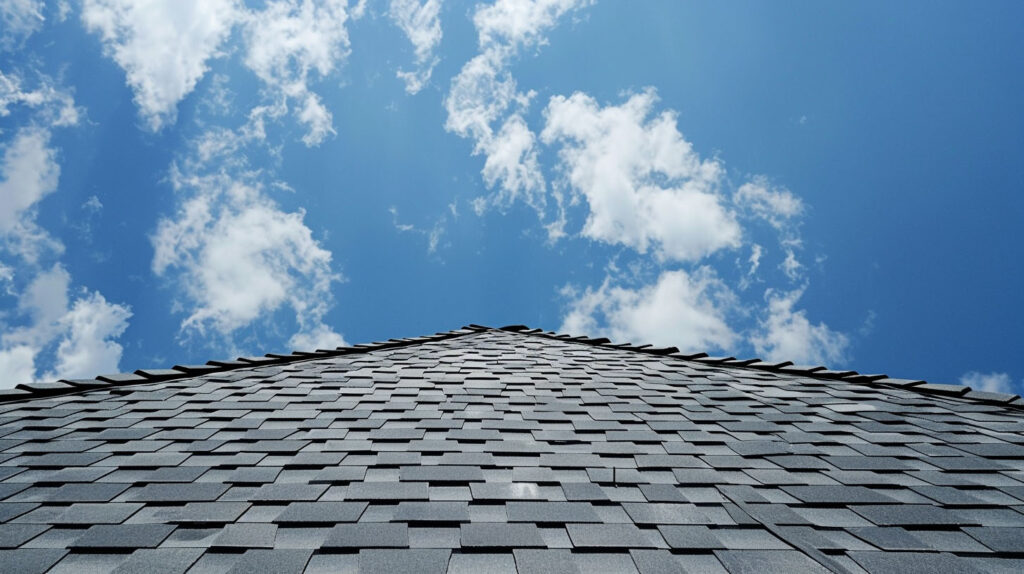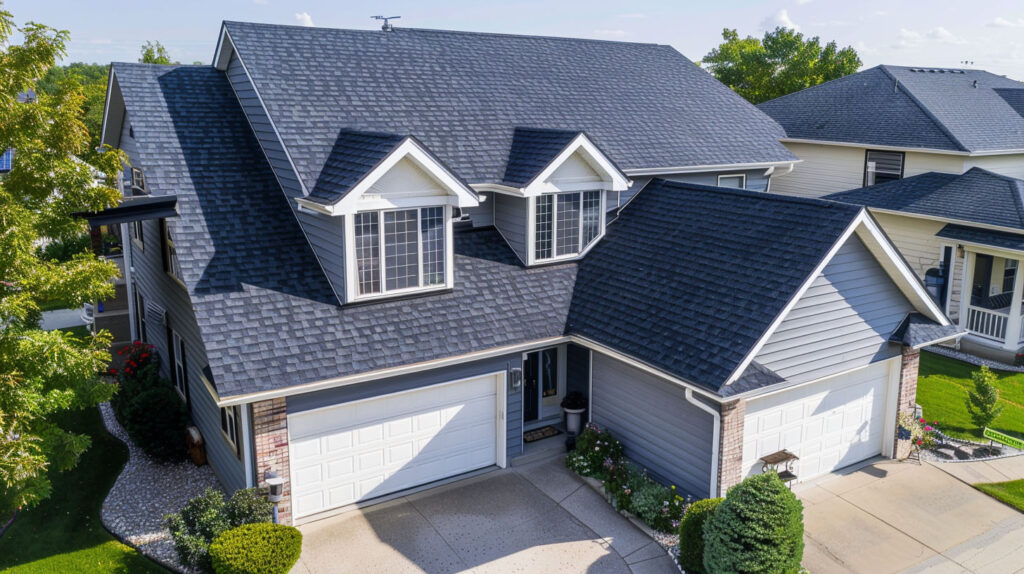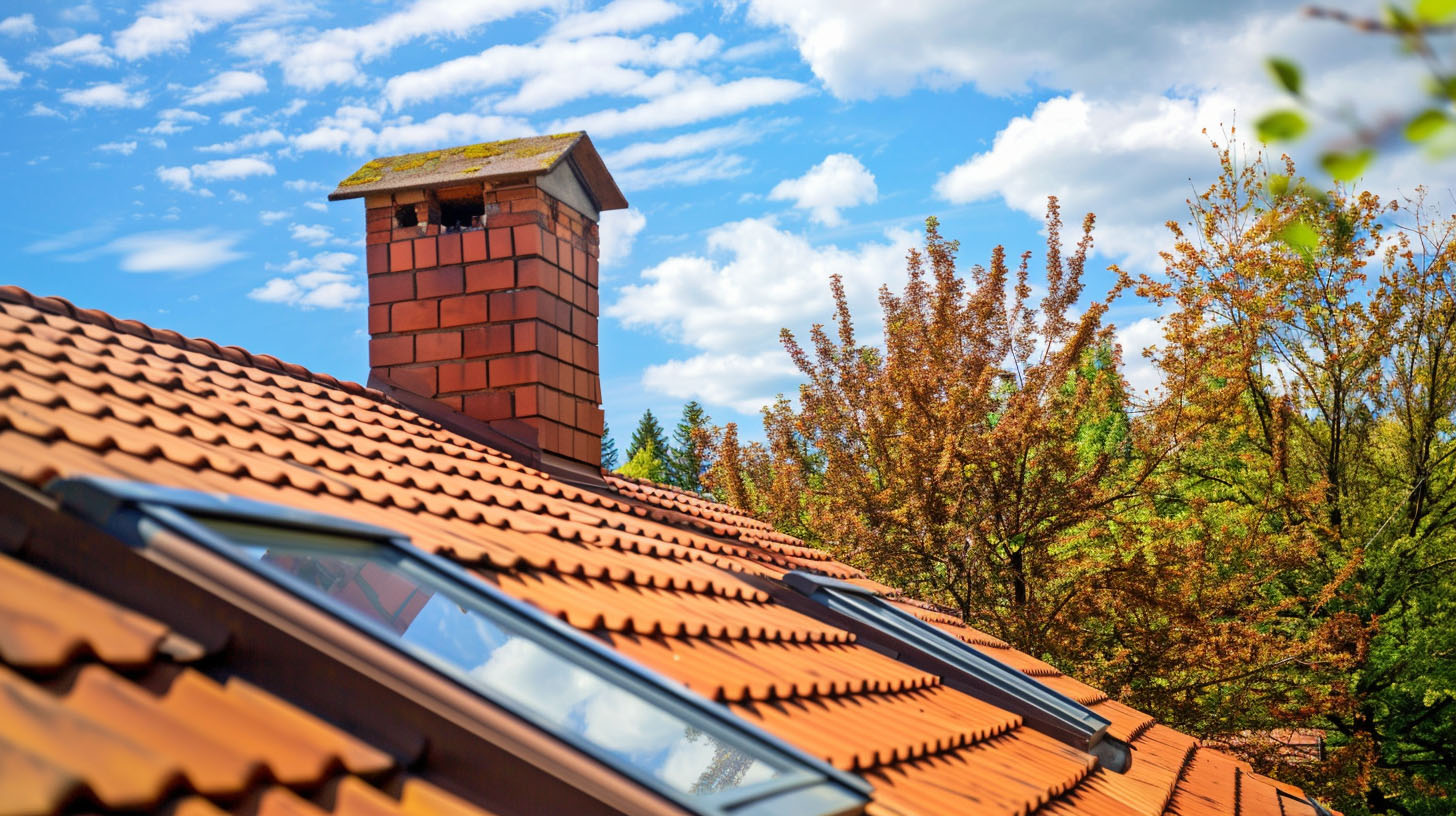The Importance of Ventilation in Your Roofing System
Roof ventilation is often overlooked, but it plays a critical role in protecting your home from damage and improving energy efficiency, especially in areas like Long Beach, CA. At Specialist Roofing & Repair, we understand the importance of proper roof ventilation. Without it, heat and moisture can wreak havoc on your attic and roofing system, creating unnecessary issues. Our team is dedicated to maintaining ideal attic temperatures and reducing energy bills through our expert ventilation solutions. A well-functioning system is a must for any homeowner, and we ensure that your attic ventilation promotes durability, comfort, and long-term savings.
Understanding Roof Ventilation in Residential Roofing
Having a clear understanding of roof ventilation is vital for homeowners looking to protect their attic space and overall roofing system. Proper roof ventilation impacts not only your energy efficiency but also the structural integrity of your home.
A well-planned system balances air circulation, ensuring excess heat and moist air don’t damage your attic. By prioritizing effective roof ventilation, you add both functionality and longevity to your home’s roofing setup. Keep reading to explore its components and operational benefits.
What Is Roof Ventilation and How Does It Work?
Roof ventilation is the process of allowing air to circulate through your roofing system, maintaining a balanced temperature and humidity. It works by utilizing vents to expel hot, stale air while drawing in cooler outside air, preventing moisture buildup and enhancing overall home comfort.

Key Components of a Proper Ventilation System
Effective roof ventilation relies on several key components to ensure optimal performance. Intake vents, typically located at the eaves or soffits, draw in fresh air, while exhaust ventilation at the roof ridge allows for the escape of warm, moist air. A balanced system promotes a continuous flow of air, minimizing humidity levels and preventing heat buildup. Proper attic insulation enhances the effectiveness of these components, extending the lifespan of roofing materials and reducing energy costs, ultimately safeguarding your home from costly repairs.
Choosing the Right Ventilation Solution for Long Beach, CA Homes
Selecting the right system tailored to these local weather patterns ensures peak energy efficiency and preserves your attic space. Specialist Roofing & Repair offers solutions designed for Long Beach’s specific climate needs. That’s why choosing the right system is key to protecting your roof and ensuring long-term comfort.
Factors to Consider for Coastal and Sunny Climates
Coastal and sunny climates present unique challenges for roofing systems, particularly regarding ventilation. High humidity levels and intense sun exposure can hasten the formation of moisture buildup, leading to wood rot and mold growth. A balanced system of intake and exhaust vents, such as gable and soffit vents, optimizes air circulation and reduces heat buildup in the attic space. Additionally, integrating power vents and wind turbines can boost airflow, enhancing energy efficiency and prolonging the lifespan of roofing materials during extreme weather conditions.
Why Work with Specialist Roofing & Repair’s Award-Winning Team
Expertise in roofing and systems sets Specialist Roofing & Repair apart. Their award-winning team understands the complexities of proper attic ventilation, ensuring a balanced system that enhances energy efficiency and extends the lifespan of your roof. With a commitment to quality and adherence to building codes, minimize risks associated with poor ventilation, reducing the likelihood of costly repairs. Property owners can trust their knowledge and experience to offer tailored solutions, optimizing air circulation for a healthier living space.
Common Types of Roof Ventilation Systems
Systems come in various designs to address specific roofing challenges, ensuring your attic stays functional and dry. Whether you opt for classic ridge vents or decide between powered and passive options, choosing the right system is key to the health of your roofing setup.
Attic ventilation is not a one-size-fits-all solution; understanding different options such as gable vents and soffit vents allows homeowners to customise systems to meet their unique needs and climates effectively.
Ridge Vents, Soffit Vents, and Gable Vents
Ridge vents, soffit vents, and gable vents form a crucial part of an effective attic system. Ridge vents are installed at the peak of the roof, facilitating the escape of warm air through a continuous flow. Soffit vents, positioned under the eaves, allow fresh air to enter, creating a balanced system that enhances air circulation. Gable vents assist in drawing out hot, humid air, promoting overall energy efficiency and extending the lifespan of roofing materials while preventing moisture buildup.

Powered vs. Passive Ventilation Options
Understanding the differences between powered and passive ventilation is crucial for maintaining a well-ventilated roofing system. Powered ventilation employs mechanical systems, such as exhaust fans or wind turbines, increasing air circulation within the attic space. This method actively expels warm, humid air, reducing heat buildup during summer months. Conversely, passive ventilation relies on natural airflow, utilizing intake and exhaust vents to achieve a balanced system. While both methods promote proper attic ventilation, the choice often hinges on specific energy efficiency goals and local climate conditions.
Benefits of Proper Roof Ventilation
Proper roof ventilation adds more than just functionality – it actively protects your home. By improving energy efficiency and preventing issues like moisture buildup, investing in a system helps reduce repair costs while ensuring structural integrity.
With balanced intake and exhaust airflow, attic temperatures remain stable, keeping energy bills manageable and extending the lifespan of your roofing system. Roof ventilation is truly pivotal in maintaining a comfortable, damage-free living space.
Enhancing Energy Efficiency and Comfort
A well-functioning system improves energy efficiency, translating to real savings in your energy bills. Proper attic ventilation keeps temperatures even, reducing the load on your HVAC system while promoting cooler air circulation.
During summer months, attic temperatures often soar due to heat buildup. Systems combat this by providing continuous airflow, preventing excess heat from affecting your overall cooling needs. Stable attic conditions also ensure insulation performs effectively.
Attic ventilation is not just about saving money—it’s about creating a more comfortable indoor environment for you and your family.
Preventing Moisture, Mold, and Structural Damage
Proper attic ventilation plays a critical role in preventing moisture buildup, which can lead to the formation of mold and wood rot. By ensuring a balanced system of intake and exhaust ventilation, warm, humid air is effectively expelled, mitigating the risk of structural damage. This continuous flow of air helps regulate humidity levels, protecting roofing materials and extending the overall lifespan of your roof. Regular maintenance and attention to your system are vital in avoiding costly repairs associated with poor air circulation.

Conclusion
A well-ventilated roofing system is essential for maintaining the structural integrity and energy efficiency of a home. Proper attic ventilation not only combats moisture buildup and prevents wood rot but also enhances the lifespan of roofing materials, ultimately minimizing costly repairs. By investing in a balanced system that accommodates both intake and exhaust flow, property owners can experience improved comfort levels year-round. Our awards, including Owens Corning Platinum Preferred Contractor, Polyglass Quantum Contractor, and BBB A+ Rated, contribute significantly to enhancing a home’s curb appeal and overall health, ensuring a durable and efficient roofing solution.
Frequently Asked Questions
What happens if a roof is not vented?
Poor ventilation can lead to moisture buildup, damaging the roof deck and attic insulation. Without proper airflow, excessive heat or humidity results in higher energy bills and costly repairs for property owners. Addressing ventilation issues early avoids these significant risks.
What is the main purpose of a ventilation system?
The ultimate goal of a system is to ensure fresh air circulation inside attic spaces. By balancing intake and exhaust ventilation, these systems regulate air movement, keeping heat and moisture in check while preserving your roofing materials and insulation’s effectiveness.
Read our blog: How Long Does a Typical Roof Last in California?



